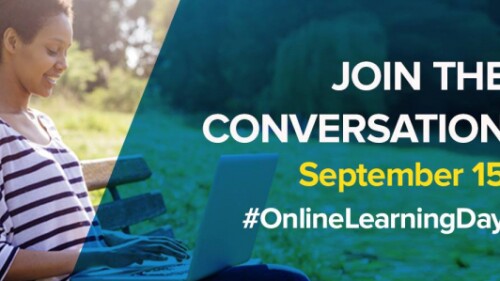If you’re considering earning your degree online, one of the biggest questions on your mind might be: How much work is this going to be—and can I fit it into my life?
The good news is that online programs are built with flexibility in mind. But that flexibility also requires structure, time management, and realistic expectations. At Kent State Online, we help students balance coursework with jobs, families, and other responsibilities every day. Here’s what to expect—and how to plan for success.
What Does a Typical Online Course Look Like?
Online courses at Kent State are structured to give you the flexibility to learn on your schedule, while still maintaining weekly expectations and deadlines. Most classes are asynchronous, meaning there are no live lectures required at specific times—but you’ll still need to stay engaged and meet regular milestones.
Here’s what a typical week might include:
- Assigned readings or video lectures
- Discussion board posts and replies
- Quizzes or assignments
- Written assignments or reflections
- Group project collaboration (in some courses)
Each course may vary depending on the subject matter and instructor, but most follow a weekly rhythm that allows students to plan ahead.
How Many Hours Should You Expect to Spend?
A general guideline is to plan for 6 to 10 hours per week per course. However, it can also depend on the length of the course. You can find a guideline based on course length here. That includes:
- Watching lectures
- Reading materials
- Completing assignments
- Participating in discussions
- Studying for exams or quizzes
If you’re taking two or three courses at a time, it’s important to map out your week accordingly. The flexibility allows you to study early mornings, evenings, weekends—whatever fits your schedule best.
Planning Tips: How to Manage Your Workload Effectively
Balancing your coursework alongside work and personal responsibilities is absolutely doable with the right approach. Here are a few tips to help you manage:
🗓 Create a Weekly Study Schedule
Block off a specific time each week for coursework, just like you would for a job or appointment. Be realistic about when you’re most focused—whether that’s early mornings, late nights, or weekends.
✅ Use a To-Do List or Task Tracker
Break your weekly workload into smaller steps. Checklists and digital task tools (like Trello, Notion, or Microsoft To Do) can help you stay organized and see your progress.
📌 Know Your Deadlines
Keep track of assignment due dates using a planner or digital calendar. At the start of each course, review the syllabus and mark key deadlines in advance.
🤝 Communicate Early and Often
If you anticipate needing help or falling behind, reach out to your instructor or advisor right away. Kent State offers support services from coaching to tech help.
What Makes Kent State Online Different?
Our programs are designed to support working professionals, career changers, and adult learners. That means:
- Asynchronous course delivery for maximum flexibility (available in many programs)
- Multiple start dates throughout the year (varies by program)
- Dedicated support staff who understand online learning
- Coursework designed by faculty with real-world expertise
We understand that our students are balancing a lot—and our programs are built to help them succeed without sacrificing what matters most.
Ready to Make a Plan?
Online learning takes commitment—but with the right expectations and a strong routine, it’s a path that can fit into your life and lead to meaningful progress toward your goals.
If you’re thinking about starting—or returning to—school, Kent State Online offers the structure, support, and flexibility to help you succeed on your terms.
Explore our online programs or contact a Kent State Online Admission Coordinator today!









